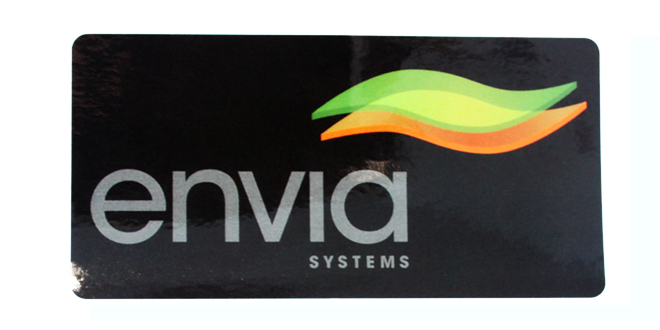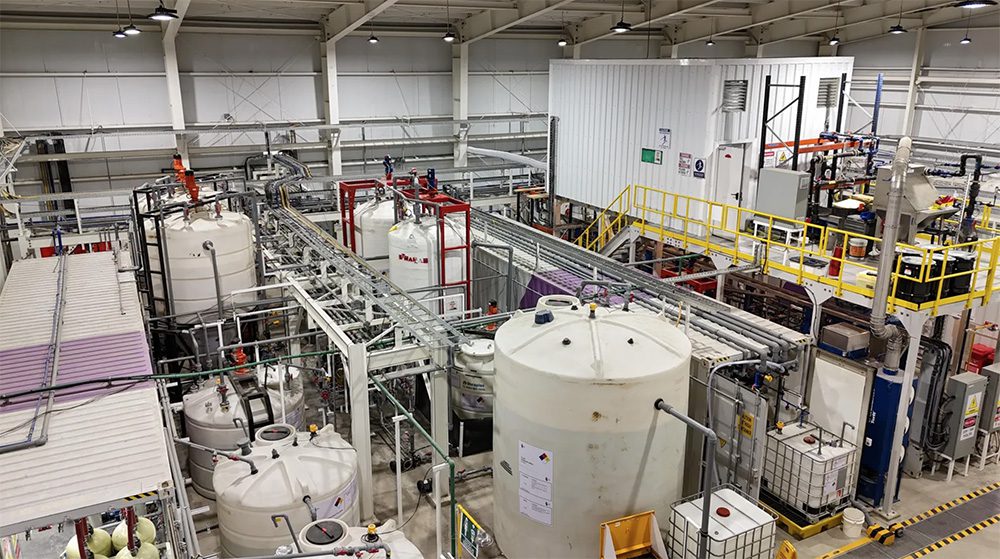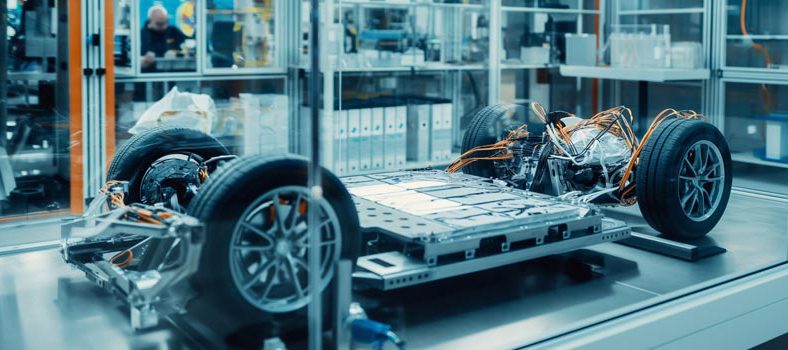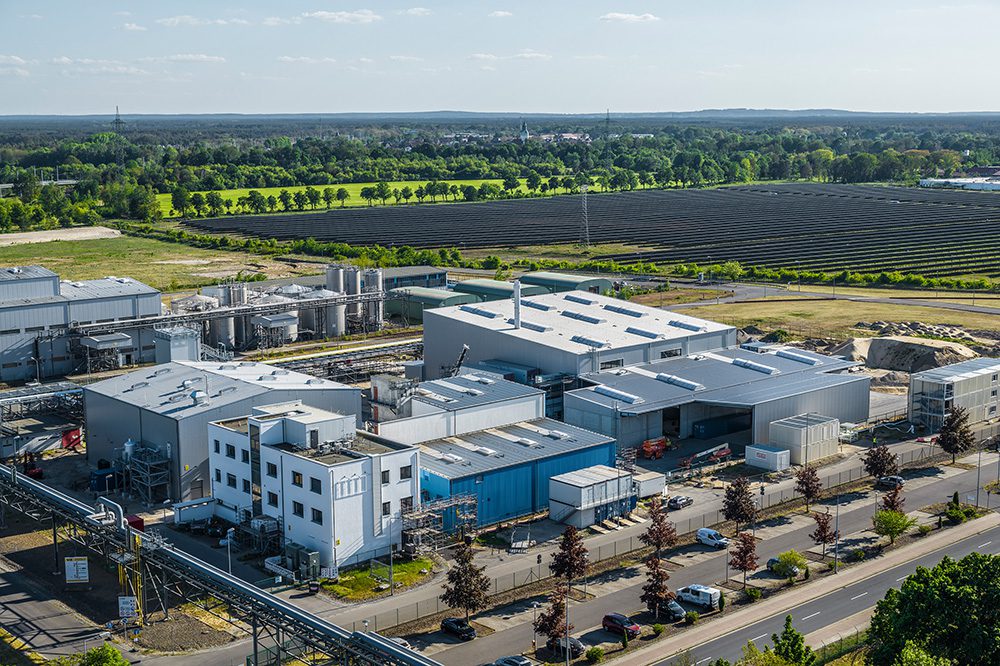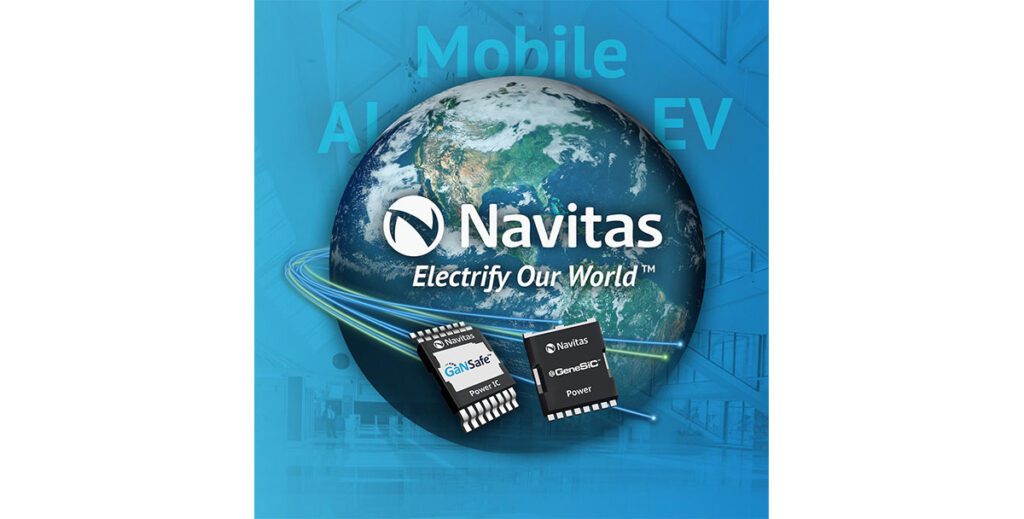Back in 2012, battery startup Envia was the toast of Silicon Valley. Its innovative battery technology had achieved the highest energy density ever recorded for a lithium-ion cell – a breakthrough that could halve the costs of EV batteries – and the company already had a deal to supply cells to GM.
Today, the company is in a far less “enviable” position, as it faces two lawsuits alleging that its flagship technology belongs to other companies, and its deal with GM appears to have fallen through.
In 2009, ARPA-E gave Envia a $4 million grant for battery development, and the California Energy Commission ponied up a further $1 million, and the company raised around $27 million from various investors.
In February 2012, just as Envia announced that its breakthrough battery technology had achieved an energy density of 400 watt-hours per kilogram, a nanotech startup called NanoeXa Corporation sued, saying that Envia co-founder Sujeet Kumar had taken NanoeXa’s intellectual property for battery cathode technology, and used it to start Envia in 2007.
GM, which had invested in Envia in 2010, signed a licensing deal in December 2012. As reported by GigaOM, in spring 2013, it became clear that Envia could not turn its battery technology into a viable product, and GM cancelled the deal.
On November 22 of this year, Envia’s former CEO, Atul Kapadia, and two other erstwhile executives filed suit against the company, alleging that they were wrongfully terminated after the GM deal crumbled, and reiterating the claim that Kumar had taken confidential information from NanoeXa.
Envia’s PR firm told GigaOM, “The allegations in the complaint are baseless. The evidence will show that the plaintiffs’ lawsuit is nothing more than the spurious allegations of three disgruntled former employees. NanoeXa has failed to produce a shred of evidence even suggesting Envia misappropriated trade secrets from NanoeXa or anyone else.”
In response to a query from Charged, a GM spokesman said the company had no comment on the matter.
Source: GigaOM







